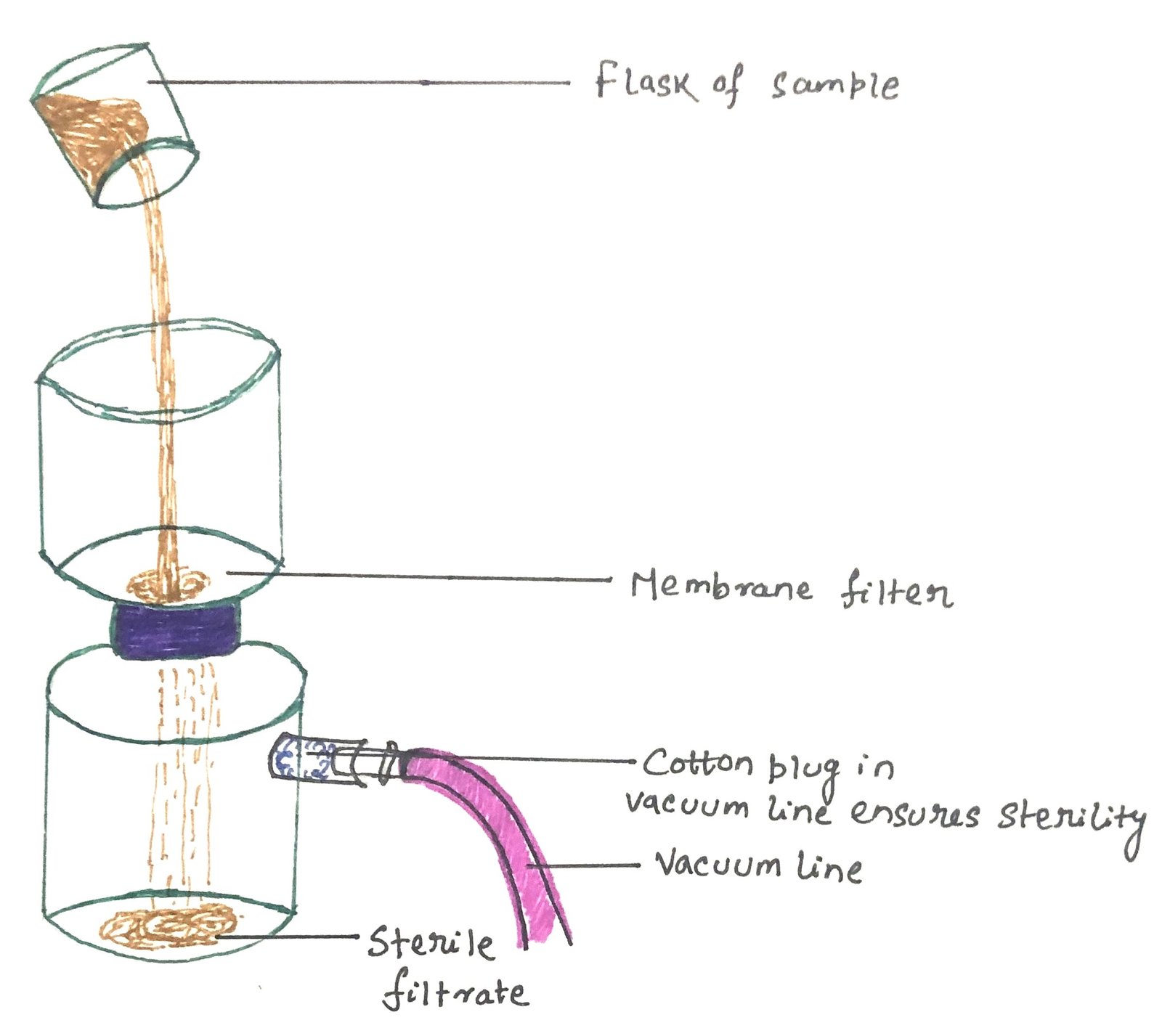The coinhibitory receptors: CTLA-4, PD-1, and BTLA
In this article, I briefly describe the working of the coinhibitory receptors CTLA-4, PD-1, and BTLA. Coinhibitory receptor Costimulatory and coinhibitory receptor molecules are vital in regulating immune responses to infections. Coinhibitory receptors bind with their ligands and suppress excess immune responses. When T cells get infected, they tend to express coinhibitory receptors and acquire … Read more >>

